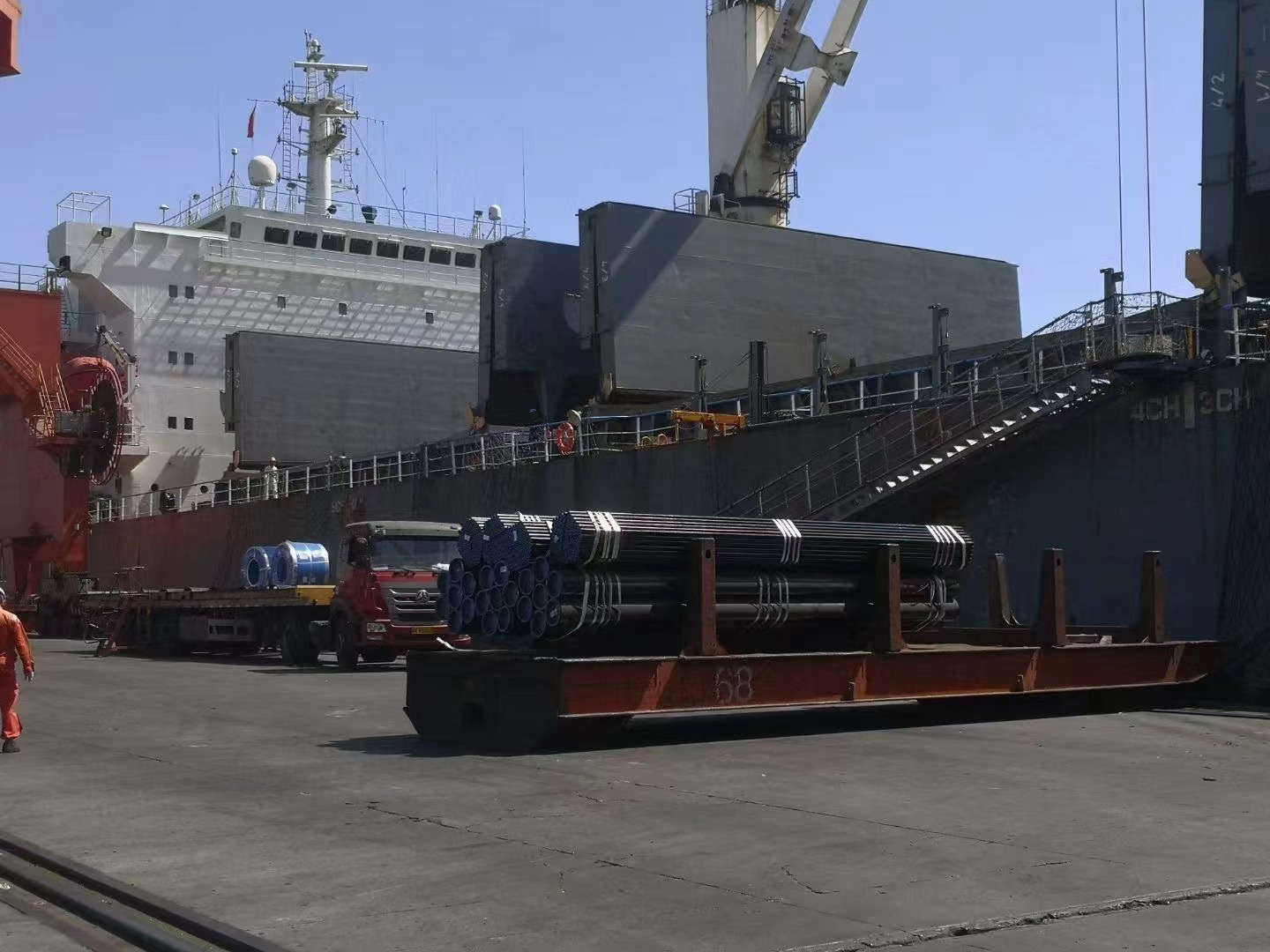-
Cangzhou Yulong Steel Co., Ltd.
-
Phone:
+86 13303177267 -
Email:
admin@ylsteelfittings.com
- English
- Arabic
- Italian
- Spanish
- Portuguese
- German
- kazakh
- Persian
- Greek
- French
- Russian
- Polish
- Thai
- Indonesian
- Vietnamese
- Zulu
- Korean
- Uzbek
- Hindi
- Serbian
- Malay
- Ukrainian
- Gujarati
- Haitian Creole
- hausa
- hawaiian
- Hebrew
- Miao
- Hungarian
- Icelandic
- igbo
- irish
- Japanese
- Javanese
- Kannada
- Khmer
- Rwandese
- Afrikaans
- Albanian
- Amharic
- Armenian
- Azerbaijani
- Basque
- Belarusian
- Bengali
- Bosnian
- Bulgarian
- Catalan
- Cebuano
- China
- China (Taiwan)
- Corsican
- Croatian
- Czech
- Danish
- Esperanto
- Estonian
- Finnish
- Frisian
- Galician
- Georgian
- Kurdish
- Kyrgyz
- Lao
- Latin
- Latvian
- Lithuanian
- Luxembourgish
- Macedonian
- Malgashi
- Malayalam
- Maltese
- Maori
- Marathi
- Mongolian
- Myanmar
- Nepali
- Norwegian
- Norwegian
- Occitan
- Pashto
- Dutch
- Punjabi
- Romanian
- Samoan
- Scottish Gaelic
- Sesotho
- Shona
- Sindhi
- Sinhala
- Slovak
- Slovenian
- Somali
- Sundanese
- Swahili
- Swedish
- Tagalog
- Tajik
- Tamil
- Tatar
- Telugu
- Turkish
- Turkmen
- Urdu
- Uighur
- Welsh
- Bantu
- Yiddish
- Yoruba

Nov . 29, 2024 13:49 Back to list
Seamless Pipe Pricing Trends and Market Factors Driving Cost Per Kilogram
The Factors Influencing Seamless Pipe Price per Kg
Seamless pipes are essential components in various industries, particularly in oil and gas, power generation, construction, and manufacturing. These pipes are favored for their strength, durability, and ability to withstand high pressure and temperature, making them crucial for critical applications. One important aspect that stakeholders in these industries must consider is the price of seamless pipes, which is typically measured in terms of price per kilogram (kg). Understanding the factors influencing the price of seamless pipes can help businesses make informed purchasing decisions and manage costs effectively.
Raw Material Costs
The primary factor affecting the price of seamless pipes is the cost of raw materials. Seamless pipes are predominantly made from carbon steel, alloy steel, or stainless steel. Fluctuations in the prices of these base metals can significantly impact the overall cost of the pipes. For instance, when the price of steel increases due to high demand or supply chain disruptions, the cost per kg of seamless pipes will also rise. Conversely, a decrease in raw material costs can lead to lower prices for seamless pipes. Suppliers and manufacturers often keep a close eye on market trends to adjust their pricing strategies accordingly.
Production Process
The method of production used to manufacture seamless pipes also plays a critical role in determining their price. The production process involves several stages, including billet production, heating, piercing, elongation, and finishing. Each of these stages incurs costs related to labor, machinery, and energy. More complex manufacturing processes, such as those needed for producing high-pressure or high-temperature pipes, may result in higher prices due to increased energy consumption and specialized labor requirements. Therefore, seamless pipes produced using advanced technologies or requiring stringent quality control measures may command a premium price per kg.
Market Demand and Supply Dynamics
seamless pipe price per kg

Market demand and supply dynamics significantly influence the price of seamless pipes. A surge in demand from industries such as construction or energy can drive up prices, particularly if the supply of seamless pipes cannot keep pace with this demand. Conversely, during economic downturns or when demand subsides, prices may drop as suppliers try to move excess inventory. Seasonal variations can also play a role; for example, the construction industry tends to ramp up activity in warmer months, often increasing demand for seamless pipes and consequently affecting prices.
Geographic Factors
Geographical factors also have a bearing on the price of seamless pipes. The cost of transportation, tariffs, and regional demand can affect pricing. For instance, if a company is sourcing seamless pipes from a distant location, logistics costs will be added to the overall price. Moreover, different regions have varying labor costs and regulatory requirements that can impact production expenses. Countries with stringent environmental regulations may face higher manufacturing costs, which could be reflected in the price per kg of seamless pipes.
Quality Standards and Certifications
Quality standards and certifications required for seamless pipes can also influence their price. Pipes that meet stringent international standards or have specific certifications (such as API, ASTM, or ASME) often come at a higher price due to the additional testing and quality assurance processes required. For industries where safety is paramount, investing in higher-priced certified pipes may be a necessary cost to avoid the risks associated with inferior products.
Conclusion
In conclusion, the price of seamless pipes per kg is influenced by a multitude of factors, including raw material costs, production processes, market demand and supply dynamics, geographic considerations, and quality standards. Businesses in industries reliant on seamless pipes must stay informed about these factors to ensure they make strategic purchasing decisions that align with their operational requirements and budget constraints. Understanding the interplay of these elements can aid in negotiating better prices and securing reliable supply chains in a competitive marketplace.
Latest news
-
ANSI 150P SS304 SO FLANGE
NewsFeb.14,2025
-
ASTM A333GR6 STEEL PIPE
NewsJan.20,2025
-
ANSI B16.5 WELDING NECK FLANGE
NewsJan.15,2026
-
ANSI B16.5 SLIP-ON FLANGE
NewsApr.19,2024
-
SABS 1123 FLANGE
NewsJan.15,2025
-
DIN86044 PLATE FLANGE
NewsApr.19,2024
-
DIN2527 BLIND FLANGE
NewsApr.12,2024
-
JIS B2311 Butt-Welding Fittings LR/SR 45°/90° /180°Seamless/Weld
NewsApr.23,2024











